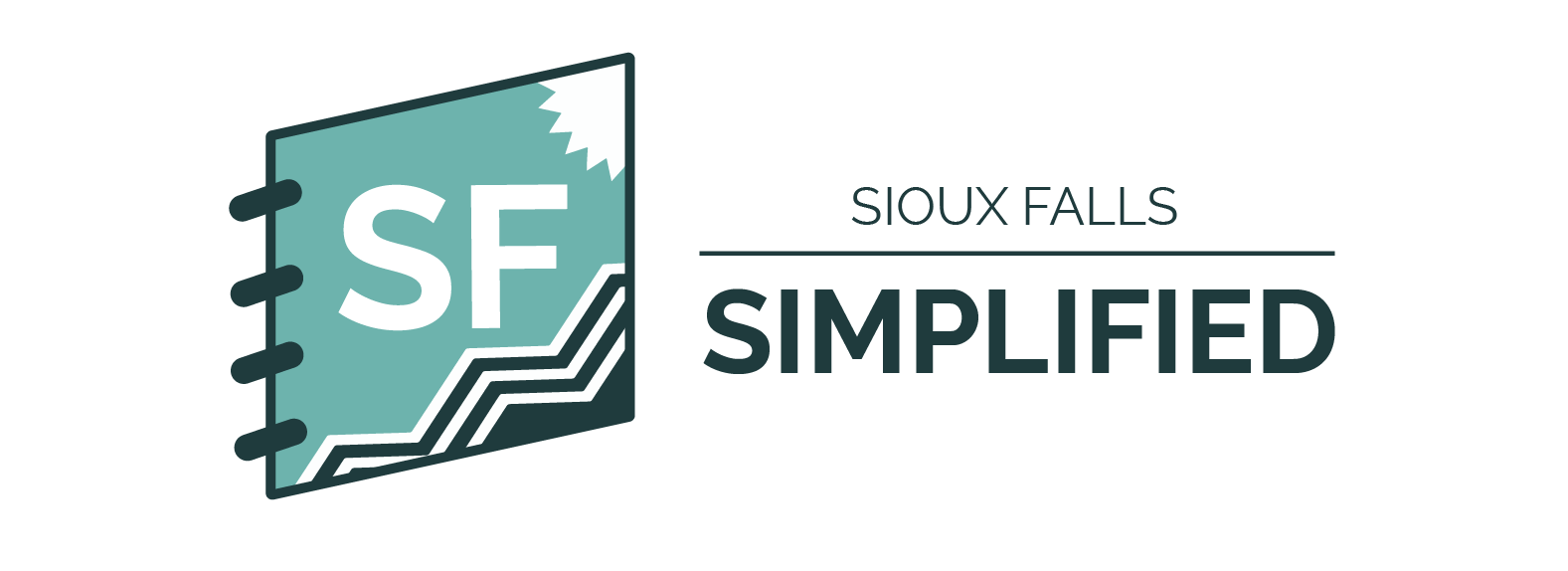Editor's note: This is part of a larger series looking at South Dakota's November election. Click here for an earlier story about the people looking to represent you in Pierre.
Simplified: Voters statewide will weigh in on two ballot measures in the November election. Here's a quick breakdown of what a 'yes' or 'no' vote means on each of these.
Why it matters
- Ballot measures are a way for South Dakota voters to directly make changes in the state.
- There are two types of ballot measures, and voters will see one of each on the November ballot. An initiated measure essentially lets voters decide on a statewide law. A constitutional amendment measure changes or adds to the state constitution.
- The two measures on the November ballot cover two big topics: recreational marijuana usage and Medicaid expansion.
I'll break down each of the topics (including what your vote means) here:
Let's start with recreational marijuana
What's on the ballot? Initiated Measure 27 would legalize the possession, use and distribution of marijuana for people who are 21 and older. In layman's terms, weed would be legal for anyone – no medical card required.
- The measure also legalizes possession of marijuana paraphernalia for people 21+.
- And, if passed people could grow marijuana plants in counties where no licensed marijuana retailer is available (or, if the city or county ordinance allows for such things).
- Violations of the restrictions IM27 puts in place would result in civil penalties.
A 'yes' vote means you want the measure to pass, legalizing marijuana statewide for people who are 21 and older.
A 'no vote means you want to keep the law as-is, in which marijuana possession is illegal.
And what about Medicaid expansion?
What's on the ballot? Constitutional Amendment D would expand who is eligible to receive Medicaid benefits in the state.
- Per the Attorney General's explanation of the amendment, it requires the state to provide Medicaid benefits to any person over age 18 and under 65 whose income is at or below 133% of the federal poverty level, plus 5% of the federal poverty level for the applicable family size, as provided in federal law.
- That would mean Medicaid could cover an additional 42,500 people in the state.
A 'yes' vote would amend the South Dakota Constitution to expand Medicaid eligibility to those estimated 42,500 people.
A 'no' vote leaves the constitution as-is.
What happens next?
Election Day is Tuesday, Nov. 8.
Early voting has already started in the state, so if you're ready to vote now, you can.
If you're still not registered to vote but want to weigh in on these issues, you have until Oct. 24 to get registered. Here's a handy guide to help you make that happen.

